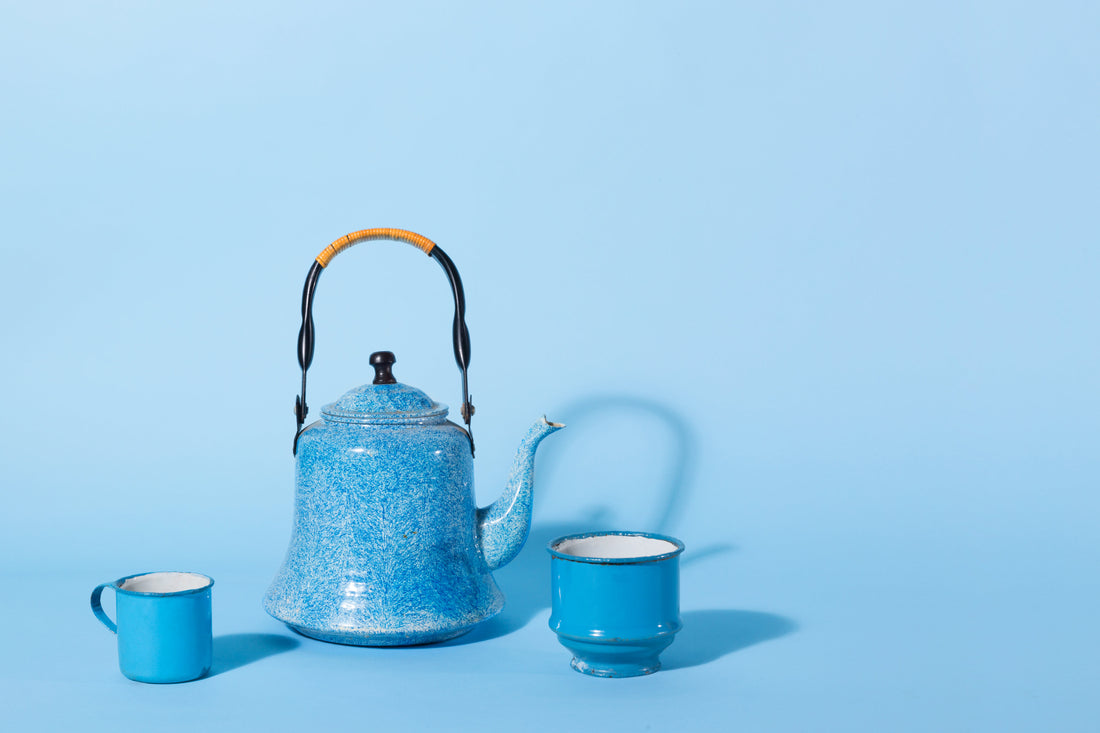
Where does tea come from?
Camellia sinensis. That's it. That's tea. Green, black, white, puer, oolong - it all comes from the same (fabulous) tree: camellia sinensis. To this tree, we owe so much.
Of course, there are tisanes - think, your chamomiles, peppermints, hibiscus and so on. Many of these are naturally caffeine free and have a host of different health benefits and mood. But if we're talking about your standard, OG cuppa, we're talking about old mate camellia sinensis.
How was tea discovered?
So there's the whimsical legend of the Chinese emperor Shen Nung accidentally discovering it because a leaf happened to float into his boiling water. Not sure how true? Nevertheless, tea plants are native to southwest China and tea has been a part of Chinese culture for centuries, possibly as early as the 10th century BC.
During the Tang Dynasty from 618 to 907 AD, tea spread to other countries such as Korea, Japan and Vietnam. It was then slowly introduced into Europe in the 1500s or so, and from there it entered the colonies and the rest is history. Of note, in the 1800s the British introduced smuggled Chinese tea seeds and cultivating techniques into India to attempt to break their reliance on China for tea, offering land in Assam to Europeans who agreed to cultivate tea for export. They also illegally smuggled Indian opium into China as a way to pay for a variety of luxury Chinese goods such as tea, silk, and porcelain. This all resulted in the First Opium War.
Why should we care where tea comes from?
It's important to reflect on where tea has come from, it's whimsical yet sometimes grisly history, and the power of tea today. Tea today is, of course, ubiquitous. It's the most-drunk beverage in the world after water, and rightly so. It's truly a global beverage and the sheer amount of varieties today demonstrate just that.
Specialty teas are everywhere - both across China and the world. From the deliciously rich and highly popular dessert flavour matcha from Japan to the bold flavoured Assam from India. If we cross over into our tisane cousins, the Aboriginal Australians drank an infusion from the leptospermum plant while the South Americans favour the unique yerba mate. The list is endless and fascinating.
Tea is a celebration, a spiritual practice, a shared experience, a ritual, a comfort. It's embedded into so many cultures in so many different ways. This global beverage has torn us apart but also brings us together.
🍵 What's the deal with the carbon dioxide extraction method to decaffeinate tea?